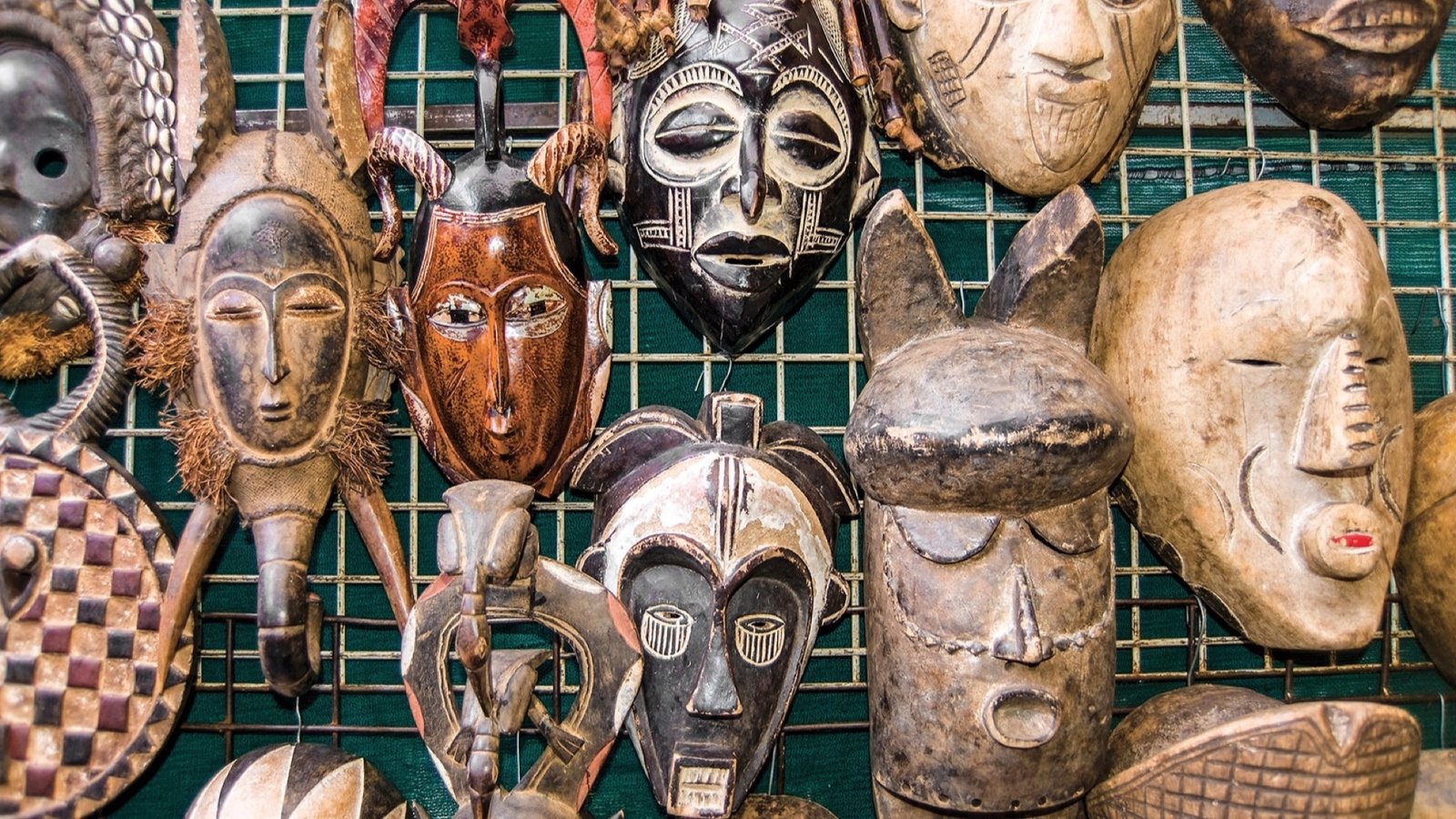
Anthropology
- www.nature.com The midlife crisis is not universal
Study of thousands of people in rural communities shows that many do not experience a slump in well-being during their forties and fifties.

- • 100%aeon.co The universal belief in witches reveals our deepest fears | Aeon Essays
The belief in witches is an almost universal feature of human societies. What does it reveal about our deepest fears?

Why do some cultures prefer to light their homes with bright white neon lights? And others with more yellow dimmed lighting?
- • 96%thewalrus.ca Social Media Is Helping Bring Indigenous Languages Back from the Brink | The Walrus
Government funding is dwindling. TikTok and Instagram are filling the gap

cross-posted from: https://hexbear.net/post/3595011
> >“Tansi, today we are going through some random phrases,” Julia Ouellette says to the camera. She holds up slips of paper with English words while repeating the Cree translations quickly and then slowly. “tantahtwaw,” she says, holding a paper that says “how many,” emphasizing each syllable. “tantahtwaw. Repeat after me.” > > >Ouellette, a grandmother from Makwa Sahgaiehcan First Nation in Saskatchewan, posts Cree-language videos regularly on TikTok, where she has more than 16,800 followers. The videos are casual, with a simple formula: Ouellette, in glasses, with her hair tied back, offers viewers a few Cree words or phrases to practise aloud. In both languages, her voice has the distinct quality of a Cree speaker: rich and resonant, her “r”s and “l”s—consonants not found in Cree—are especially pronounced when she speaks English. A former language teacher at Big Island Lake Cree Nation in Saskatchewan, she started posting videos on TikTok in 2020 that included such COVID-era phrases as “wash your hands” (kasichiche) and “get away” (awas), along with more cheerful ones, like “Merry Christmas” (miyo-manitowi-kîsikanisi). Ouellette never writes out the Cree words or phrases, instead instructing the viewer to repeat what they hear. > > >Ouellette is part of a growing community of Indigenous-language speakers using social media as a teaching tool. James Vukelich Kaagegaabaw, a descendant of Turtle Mountain, shares an Ojibwe word regularly with his 135,000 Instagram followers. Jonathan Augustine, who goes by RezNeck Farmer on TikTok, shares Mi’kmaw lessons along with folksy videos about gardening. Zorga Qaunaq, under the username Tatiggat, posts on TikTok about daily life, beading, and Inuit culture, alongside how to properly pronounce words like “Inuit.” > > Full article
- www.sapiens.org People Are Not Peas—Why Genetics Education Needs an Overhaul
The dated genetics taught in U.S. schools stokes misconceptions about race and human diversity. A biological anthropologist calls for change.
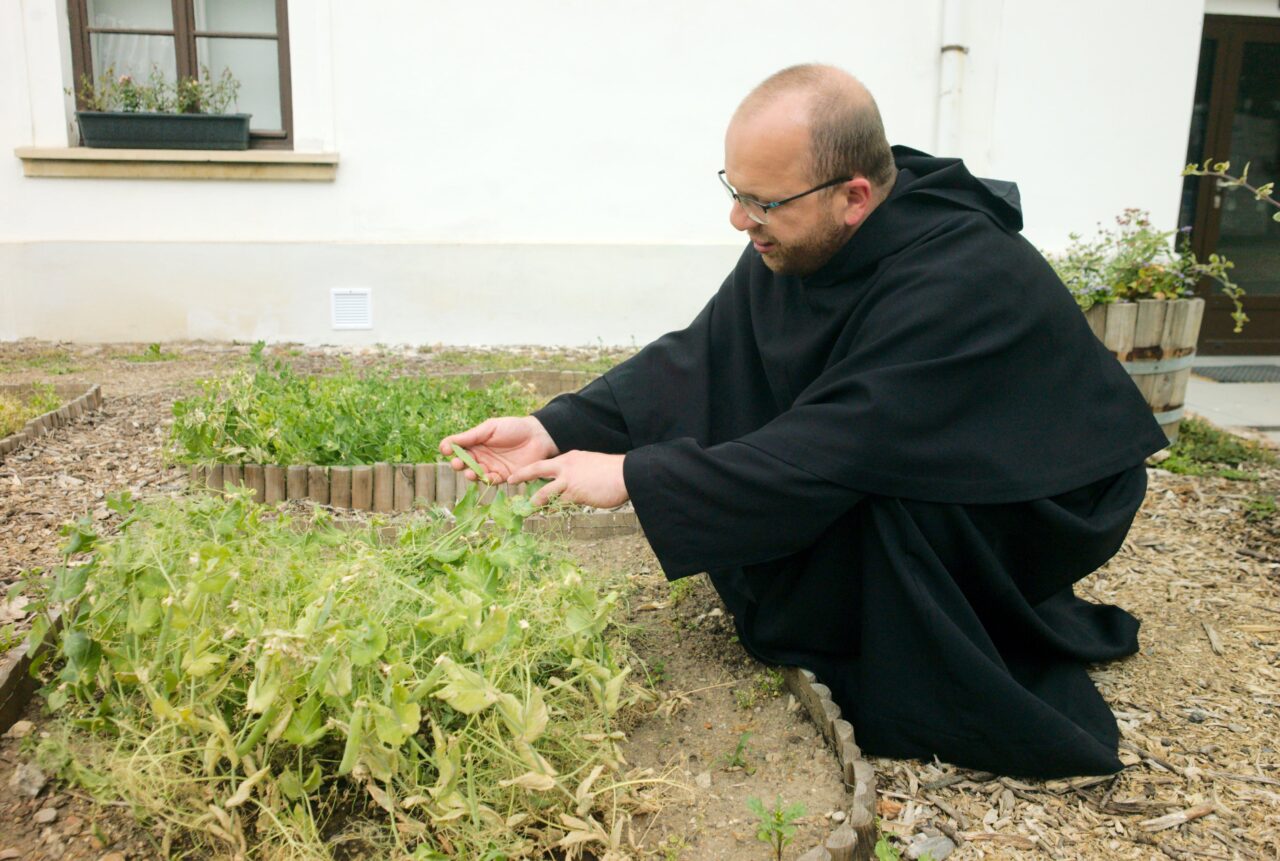
The decades out-of-date genetics taught in most U.S. schools stokes misconceptions about race and human diversity. A biological anthropologist calls for change.
- • 100%www.popsci.com Neanderthals' social isolation may have sped up their extinction
The remains of a 45,000 year old nicknamed Thorin was uncovered in a French cave system.

- • 100%www.iflscience.com Why The Rift Valley May Not Be The Cradle Of Humankind After All
Ancient humans probably lived outside the rift – we just haven't found them yet.
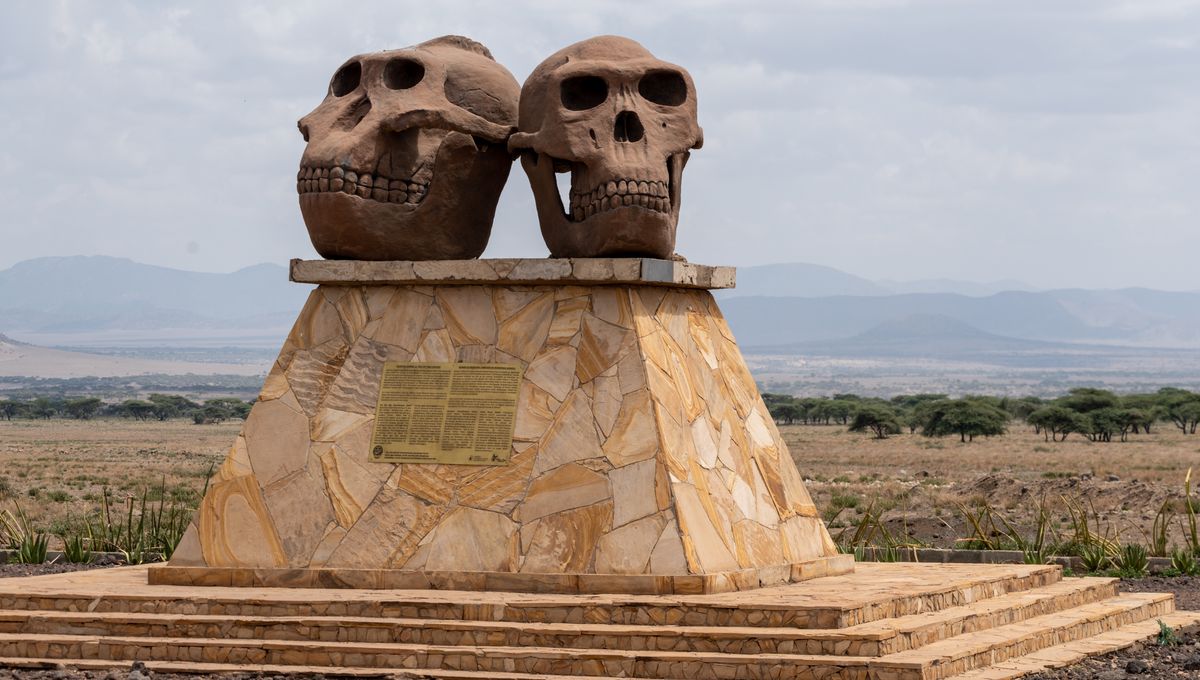
- • 96%theconversation.com US citizenship was forced on Native Americans 100 years ago − its promise remains elusive
Why few Native Americans are celebrating the centennial of the Indian Citizenship Act of 1924.

Had a cool idea for an ttrpg about growing up in a hunter-gatherer culture in a stone-age fantasy setting. The coolest part of idea, for me as the writer/designer, would be to have a section on "rituals" where I describe their technologies as magical rituals, not just a series of materials and steps. For example, instead of saying "you can get a +1 bonus on knapping checks by heat-treating your toolstone" it would be described as blessing the toolstone with fire, which leads into the idea of magic rock that has been fire-blessed by volcano spirits (obsidian).
I am vaguely aware of other technologies, such as extracting glue from animal hide and a tree fungus that smolders for fucking forever when lit, but my knowledge of these is limited. I need a more thorough knowledge of how exactly the pre-agriculture hominids did these things if I want to wax poetic about it.
- • 100%www.newsweek.com Cave art from 51,000 years ago may be 'oldest evidence' of picture stories
"We, as humans, define ourselves as a species that tells stories, and these are the oldest evidence of us doing that," academic Maxime Aubert told Newsweek.

- • 88%theconversation.com What the 3.2 million-year-old Lucy fossil reveals about nudity and shame
The way Lucy has been depicted in newspapers, textbooks and museums shows how today’s cultural norms influence perceptions of the past.
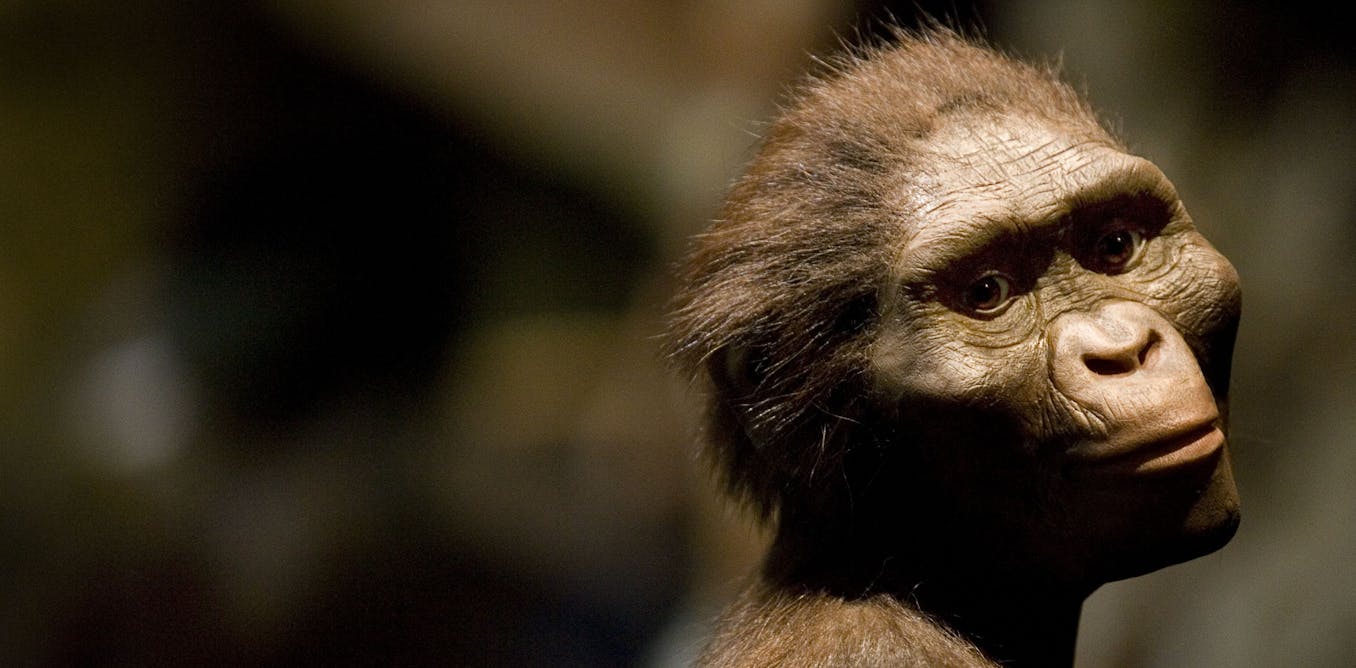
- theconversation.com Arborglyphs – Basque immigrant sheepherders left their marks on aspen trees in the American West
Herders carved names, slogans, nude silhouettes and more into the trees around them during lonely seasons in the mountains. Now, researchers rush to find and record the arborglyphs before they disappear.

Throughout the mountains of the American West, carvings hidden on the trunks of aspen trees tell the stories of the sheepherders who made them as they passed through with their flocks. Most of the men who etched these arborglyphs into the living trees were Basques who, starting with the Gold Rush of the 1840s, had immigrated from the Basque Country that straddles the Pyrenees Mountains.
- theconversation.com Scientists and Indigenous leaders team up to conserve seals and an ancestral way of life at Yakutat, Alaska
Collaborative research by archaeologists, environmental scientists and tribal elders combines science and Indigenous knowledge to tell the story of centuries of life at a glacier’s edge.

Five hundred years ago, in a mountain-rimmed ocean fjord in southeast Alaska, Tlingit hunters armed with bone-tipped harpoons eased their canoes through chunks of floating ice, stalking seals near Sít Tlein (Hubbard) glacier. They must have glanced nervously up at the glacier’s looming, fractured face, aware that cascades of ice could thunder down and imperil the boats – and their lives. As they drew near, they would have asked the seals to give themselves as food for the people and talked to the spirit of Sít Tlein to release the animals from his care.
Tlingit elders in the Alaska Native village of Yakutat today describe their ancestors’ daring pursuit of harbor seals, or “tsaa,” and the people’s respect for the spirits of the mountains, glaciers, ocean and animals of their subarctic world.
- phys.org Cultural and linguistic networks of central African hunter–gatherers have ancient origin, study finds
Extensive social networks between different hunter–gatherer groups in the Congo Basin existed long before agriculture arrived in the region. This continent-wide exchange preserved a cultural diversity that evolved thousands of years ago, as researchers from the University of Zurich have shown based ...
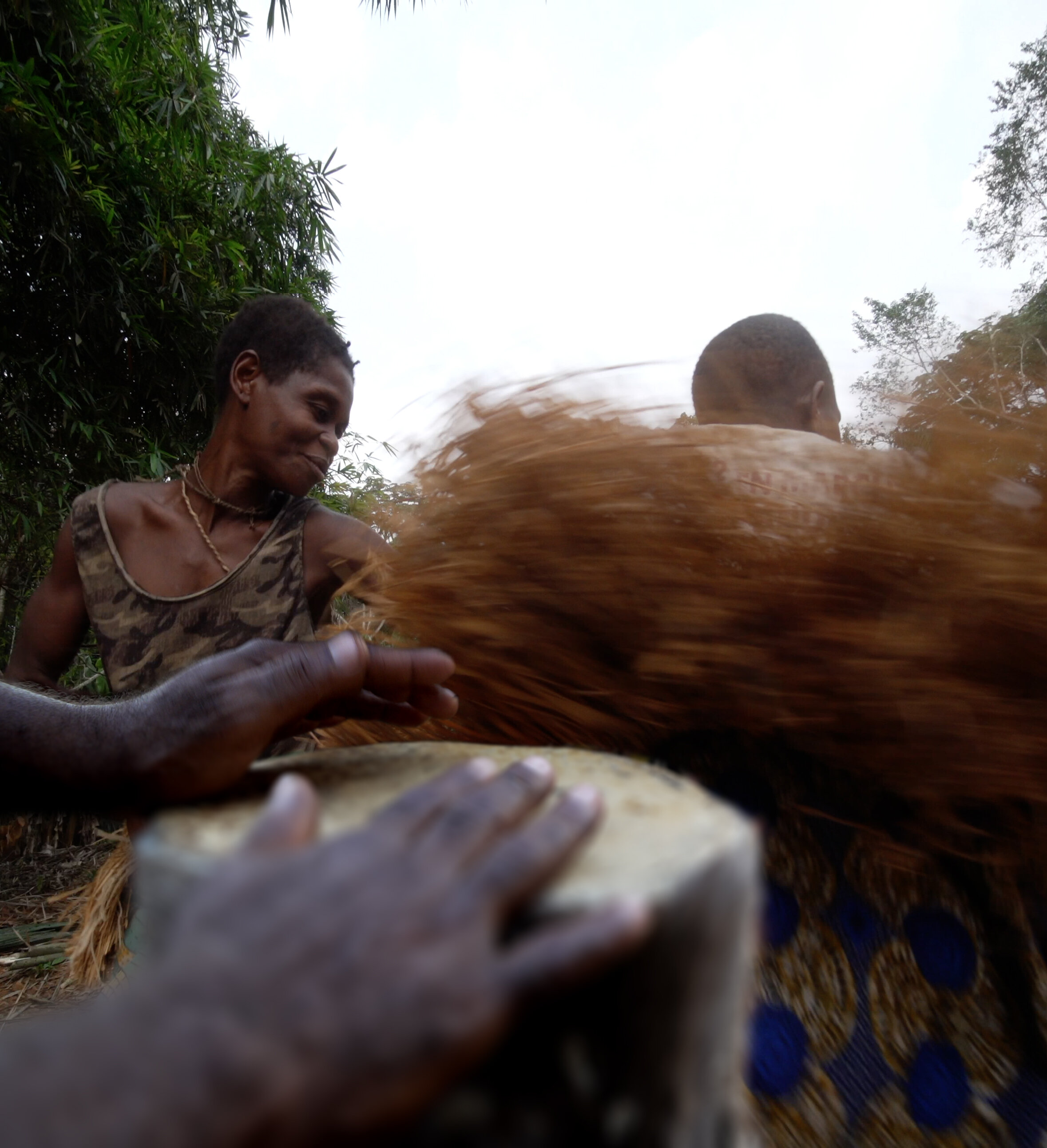
Extensive social networks between different hunter–gatherer groups in the Congo Basin existed long before agriculture arrived in the region. This continent-wide exchange preserved a cultural diversity that evolved thousands of years ago, as researchers from the University of Zurich have shown based on musical instruments, specialized vocabulary and genetic information.
Central Africa has been occupied by hunter–gatherer populations for hundreds of thousands of years, according to recent research based on genetic, archaeological and paleoenvironmental data. However, contemporary hunter–gatherers living in the Congo Basin speak languages that they have acquired from their agricultural neighbors, the Bantu, in recent times.
This raises the question as to which elements of ancient cultural diversity in Central Africa stem from long-term evolution and regional cultural exchange predating agriculture, and which aspects are influenced by interactions with farming communities.
- theconversation.com Future pandemics will have the same human causes as ancient outbreaks − lessons from anthropology can help prevent them
Human factors − such as how people produce food and how they organize themselves and live together − influence disease outbreaks.

The last pandemic was bad, but COVID-19 is only one of many infectious diseases that emerged since the turn of this century.
Since 2000, the world has experienced 15 novel Ebola epidemics, the global spread of a 1918-like influenza strain and major outbreaks of three new and unusually deadly coronavirus infections: SARS, MERS and, of course, COVID-19. Every year, researchers discover two or three entirely new pathogens: the viruses, bacteria and microparasites that sicken and kill people.
While some of these discoveries reflect better detection methods, genetic studies confirm that most of these pathogens are indeed new to the human species. Even more troubling, these diseases are appearing at an increasing rate.
Despite the novelty of these particular infections, the primary factors that led to their emergence are quite ancient. Working in the field of anthropology, I have found that these are primarily human factors: the ways we feed ourselves, the ways we live together, and the ways we treat one another. In a forthcoming book, “Emerging Infections: Three Epidemiological Transitions from Prehistory to the Present,” my colleagues and I examine how these same elements have influenced disease dynamics for thousands of years. Twenty-first century technologies have served only to magnify ancient challenges.
- • 98%www.bbc.co.uk Wounded orangutan seen using plant as medicine
It is the first time a creature in the wild has been seen using a medicinal plant to treat a wound.

- www.livescience.com 1st Americans came over in 4 different waves from Siberia, linguist argues
The languages of the earliest Americans evolved in 4 waves, according to one expert.
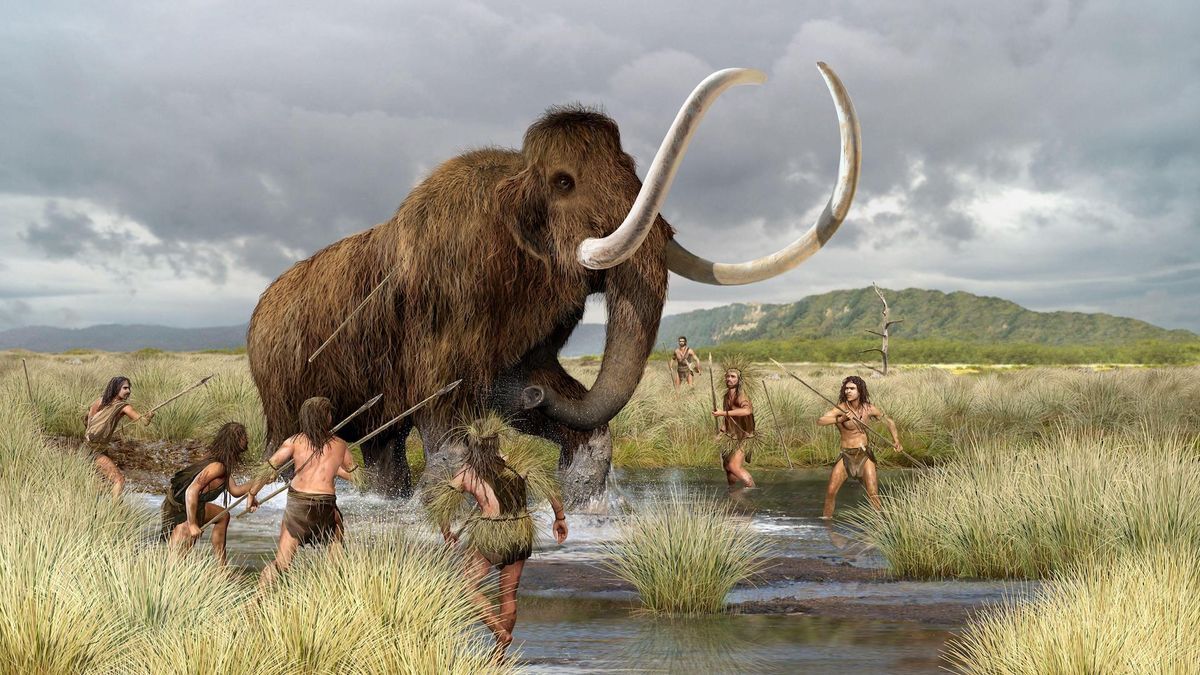
Indigenous people entered North America at least four times between 12,000 and 24,000 years ago, bringing their languages with them, a new linguistic model indicates. The model correlates with archaeological, climatological and genetic data, supporting the idea that populations in early North America were dynamic and diverse.
Nearly half of the world's language families are found in the Americas. Although many of them are now thought extinct, historical linguistics analysis can survey and compare living languages and trace them back in time to better understand the groups that first populated the continent.
In a study published March 30 in the American Journal of Biological Anthropology, Johanna Nichols, a historical linguist at the University of California Berkeley, analyzed structural features of 60 languages from across the U.S. and Canada, which revealed they come from two main language groups that entered North America in at least four distinct waves.
- phys.org Historical data suggest hard knocks to human societies build long-term resilience
Frequent disturbances to human societies boost the ability of populations to resist and recover from subsequent downturns, a Nature paper indicates. The study, which analyzes 30,000 years of human history, has implications for future population growth and resilience and for contemporary resilience-b...

Frequent disturbances to human societies boost the ability of populations to resist and recover from subsequent downturns, a Nature paper indicates. The study, which analyzes 30,000 years of human history, has implications for future population growth and resilience and for contemporary resilience-building initiatives.
- • 100%www.eurekalert.org Interspecies competition led to even more forms of ancient human – defying evolutionary trends in vertebrates
<p>Competition between species played a major role in the rise and fall of hominins – and produced a “bizarre” evolutionary pattern for the Homo lineage – according to a new University of Cambridge study that revises the start and end dates for many of our early ancestors.</p...

Competition between species played a major role in the rise and fall of #hominins – and produced a “bizarre” evolutionary pattern for the #Homo lineage – according to a new University of Cambridge study that revises the start and end dates for many of our early ancestors.
- arstechnica.com Renovation relic: Man finds hominin jawbone in parents’ travertine kitchen tile
Yes, travertine often has embedded fossils. But not usually hominin ones.
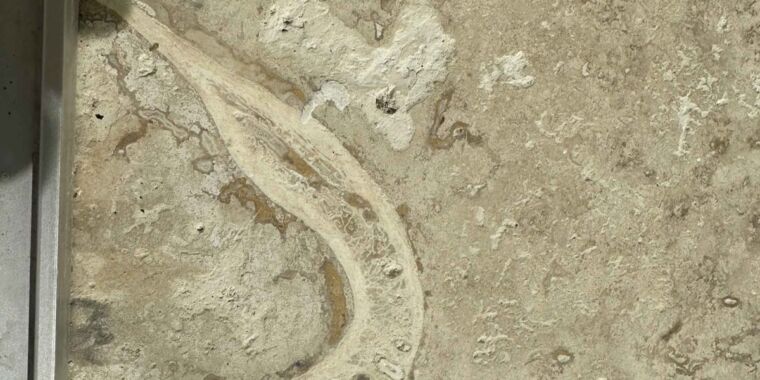
- phys.org Carvings in southern Peru may have been inspired by people singing while hallucinating
A pair of archaeologists, one with Adam Mickiewicz University in Poznań, the other with the University of Warsaw, both in Poland, has found evidence suggesting that rock carvings found in a southern part of Peru may have been inspired by people singing while consuming hallucinogenic plants. In ...

A pair of archaeologists, one with Adam Mickiewicz University in Poznań, the other with the University of Warsaw, both in Poland, has found evidence suggesting that rock carvings found in a southern part of Peru may have been inspired by people singing while consuming hallucinogenic plants. In their study, published in the Cambridge Archaeological Journal, Andrzej Rozwadowski and Janusz Wołoszyn analyzed rock carvings found in Toro Muerto.
Toro Muerto, ("dead bull" in Spanish) is a rock art complex in South America situated in a desert gorge near the Majes River Valley, spanning 10 km2. It hosts approximately 2,600 volcanic boulders, each adorned with ancient petroglyphs, ranging from small stones with single motifs to massive boulders with multiple images.
The researchers note that despite its notoriety, little study of the petroglyphs has been done. So for their new study, they conducted an analysis of the danzantes—dancing human figures—that appear on most of the boulders.
- phys.org Why did modern humans replace the Neanderthals? The key might lie in our social structures
Why did humans take over the world while our closest relatives, the Neanderthals, became extinct? It's possible we were just smarter, but there's surprisingly little evidence that's true.
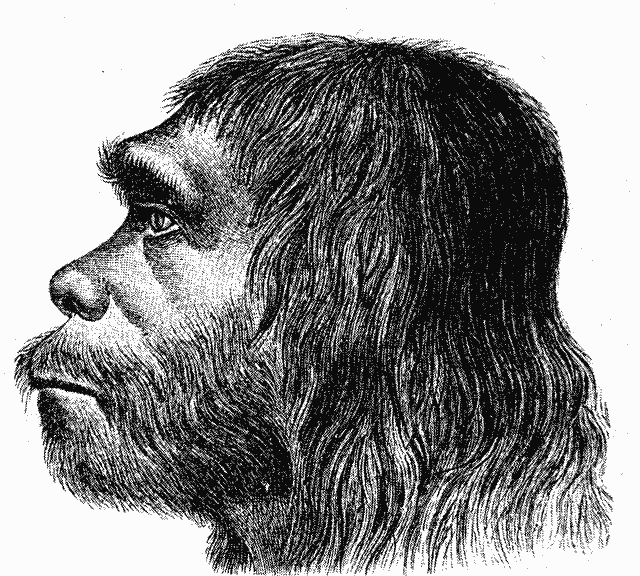
Why did humans take over the world while our closest relatives, the Neanderthals, became extinct? It's possible we were just smarter, but there's surprisingly little evidence that's true.
Neanderthals had big brains, language and sophisticated tools. They made art and jewelry. They were smart, suggesting a curious possibility. Maybe the crucial differences weren't at the individual level, but in our societies.
Two hundred and fifty thousand years ago, Europe and western Asia were Neanderthal lands. Homo sapiens inhabited southern Africa. Estimates vary but perhaps 100,000 years ago, modern humans migrated out of Africa.
Forty thousand years ago Neanderthals disappeared from Asia and Europe, replaced by humans. Their slow, inevitable replacement suggests humans had some advantage, but not what it was.
- • 100%www.sciencealert.com Earliest Direct Evidence of Body Piercings Uncovered in Neolithic Graves
Archeologists have discovered a collection of stud-shaped objects that wouldn't look all that out of place decorating the lips of people today.
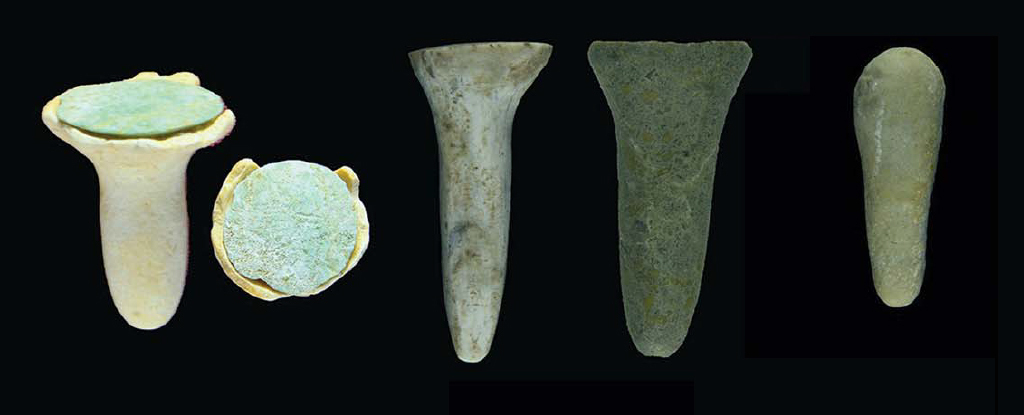
- • 100%www.cambridge.org Residue analysis suggests ritual use of tobacco at the ancient Mesoamerican city of Cotzumalhuapa, Guatemala | Antiquity | Cambridge Core
Residue analysis suggests ritual use of tobacco at the ancient Mesoamerican city of Cotzumalhuapa, Guatemala
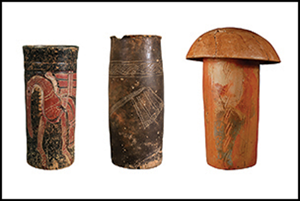
cross-posted from: https://lemmy.world/post/12700881 because I don't think lemmy is alive enough yet to have a separate questions community. if mods object to my posting a question instead of content here, pls feel free to remove.
> All right so I'm not super well-read in this area but I did a scattershot self-guided reading trying to understand early ancient Mesopotamia in my undergrad. Of the dozens (and dozens and dozens...) of sources I consulted the most interesting was a short article by a woman (I think in the handbook of ancient near eastern history or something like that, I'm not sure) basically very cantankerously pointing out tha the footprint of pastoralism is seriously faint in the archaeological record and we probably seriously underestimate the extent to which civilisations like ancient Mesopotamia were also underscored by and based on pastoralism. I'm aware of famous ethnographies of pastoralist communities (the Nuer etc) but what are/are there important works theorising pastoralism per se and what it can tell us about human history and human ecology?
- • 100%www.nytimes.com On the Trail of the Denisovans
DNA has shown that the extinct humans thrived around the world, from chilly Siberia to high-altitude Tibet — perhaps even in the Pacific islands.
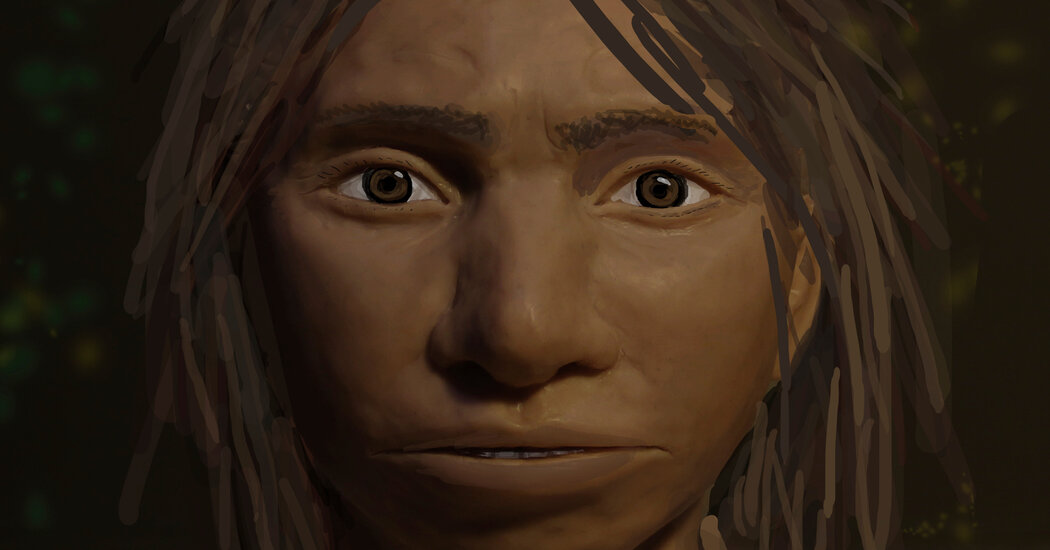
- • 94%thereader.mitpress.mit.edu The Staggering Ecological Impacts of Computation and the Cloud
Anthropologist Steven Gonzalez Monserrate draws on five years of research and ethnographic fieldwork in server farms to illustrate some of the diverse environmental impacts of data storage.

- • 96%www.sciencealert.com Empathy Could Be Socially Transmitted, Scientists Discover
Empathy is the sensing of another's emotions and ability to imagine how they are feeling, a quality that seems in pretty short supply in large parts of today's world.

- • 84%english.elpais.com A ‘jumping’ gene caused humans to lose their tails
A study in ‘Nature’ shows that a single genetic change could have made the ape lineage tailless for 25 million years

- www.sapiens.org Replacing Plastic Prayers With Biodegradable Blessings in the Himalayas
As synthetic prayer flags and scarves pollute the Himalayas, a team works to spread sustainable materials drawn from Indigenous knowledge.
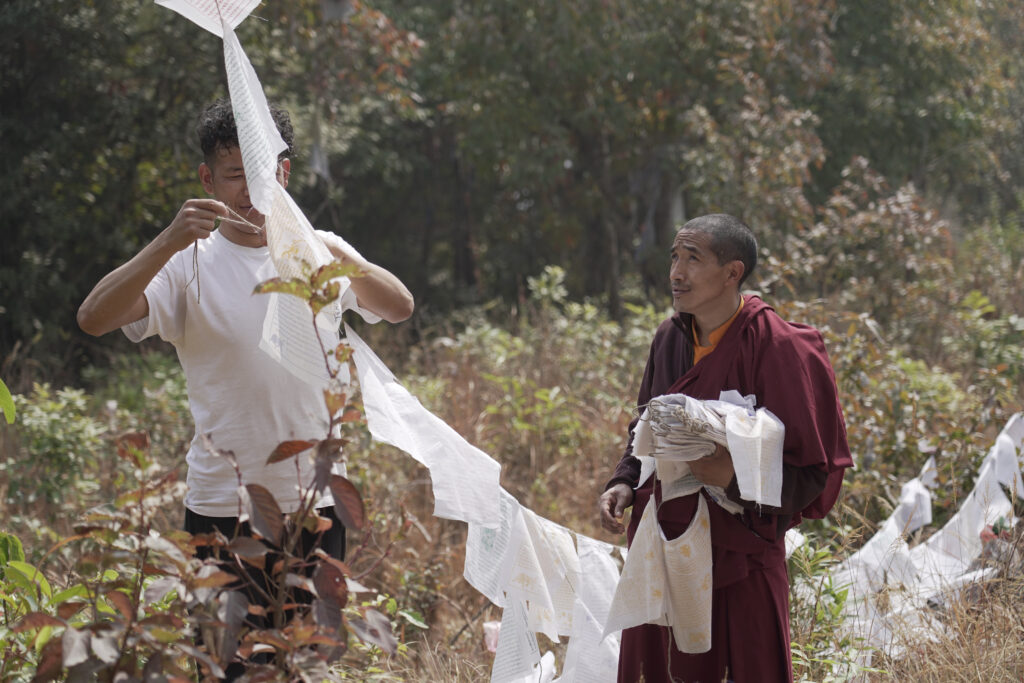
As synthetic prayer flags and scarves pollute the Himalayan region, a team of scholars and activists work to spread sustainable materials drawn from Indigenous knowledge.
- • 100%www.smithsonianmag.com Did the People of Easter Island Invent a Writing System From Scratch?
Radiocarbon dating has found that a tablet inscribed with the mysterious rongorongo script predates European contact

Smithsonian article linked about the new study: https://www.smithsonianmag.com/smart-news/research-reveals-the-natives-of-easter-island-invented-a-written-language-from-scratch-180983793/
Study as published in Nature: https://www.nature.com/articles/s41598-024-53063-7
- • 100%www.livescience.com Modern humans arose after 2 distinct groups in Africa mated over tens of thousands of years
Modern humans may descend from two or more genetically distinct streams that split but continued to occasionally mix over time in Africa.
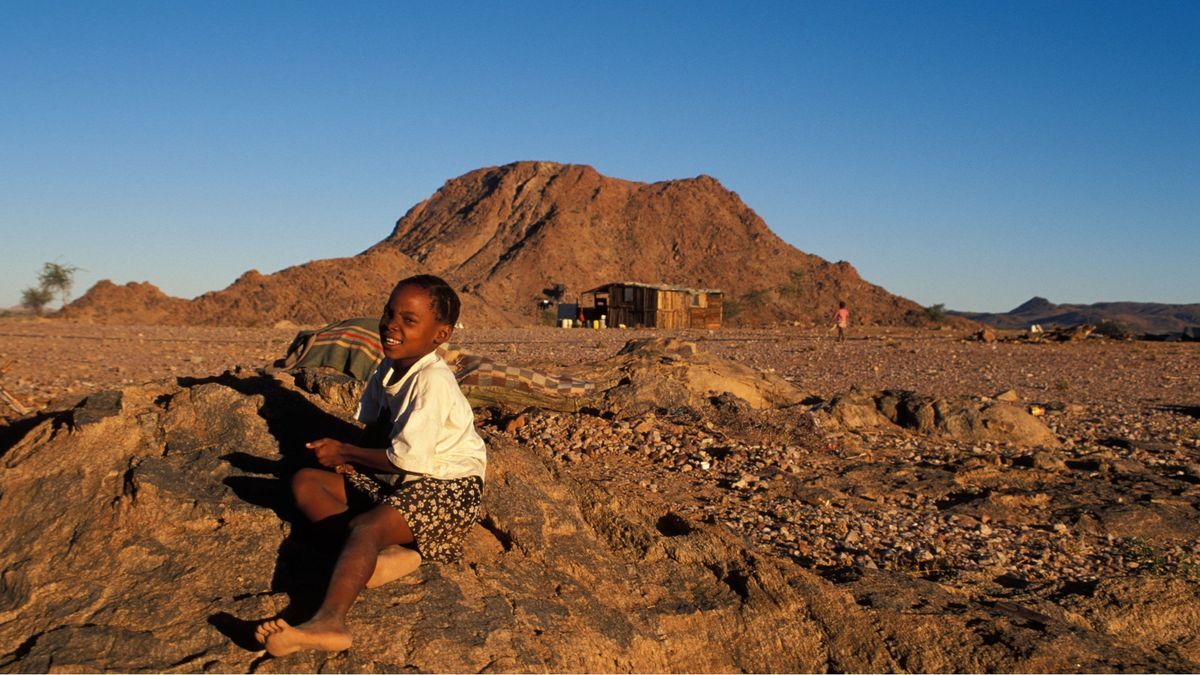
- • 91%www.aljazeera.com ‘Our bodies know the pain’: Why Norway’s reindeer herders want Gaza peace
Having long endured threats to their own existence, the Indigenous Sami community is protesting Israel’s war on Gaza.
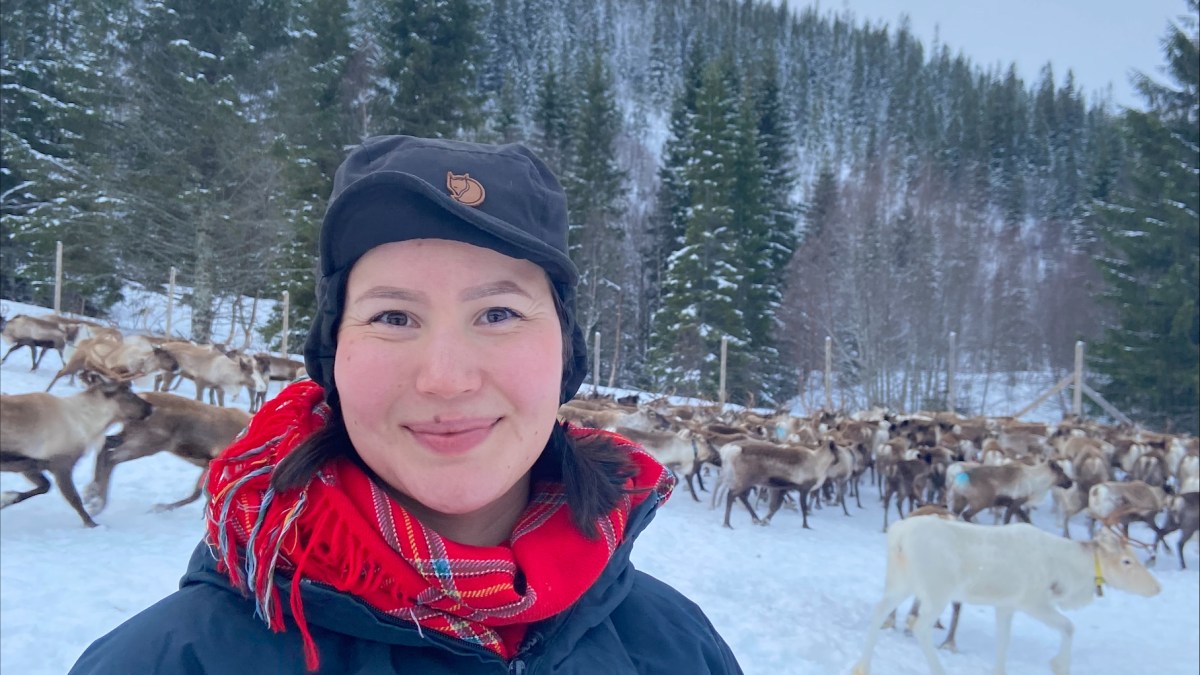
- • 100%pubmed.ncbi.nlm.nih.gov Influence of COVID-19 on the emergence of stone-tool use behavior in a population of common long-tailed macaques (Macaca fascicularis fascicularis) in Thailand - PubMed
Stone tool use is a rare behavior across nonhuman primates. Here we report the first population of common long-tailed macaques (Macaca fascicularis fascicularis) who customarily used stone tools to open rock oysters (Saccostrea forskali) on a small island along the Thai Gulf in Koh Ped (KPE), easter...

- • 100%www.sapiens.org What’s Behind the Evolution of Neanderthal Portraits
Since the 1800s, Neanderthal depictions have evolved with changing science and social views. An archaeologist explains why the images matter.
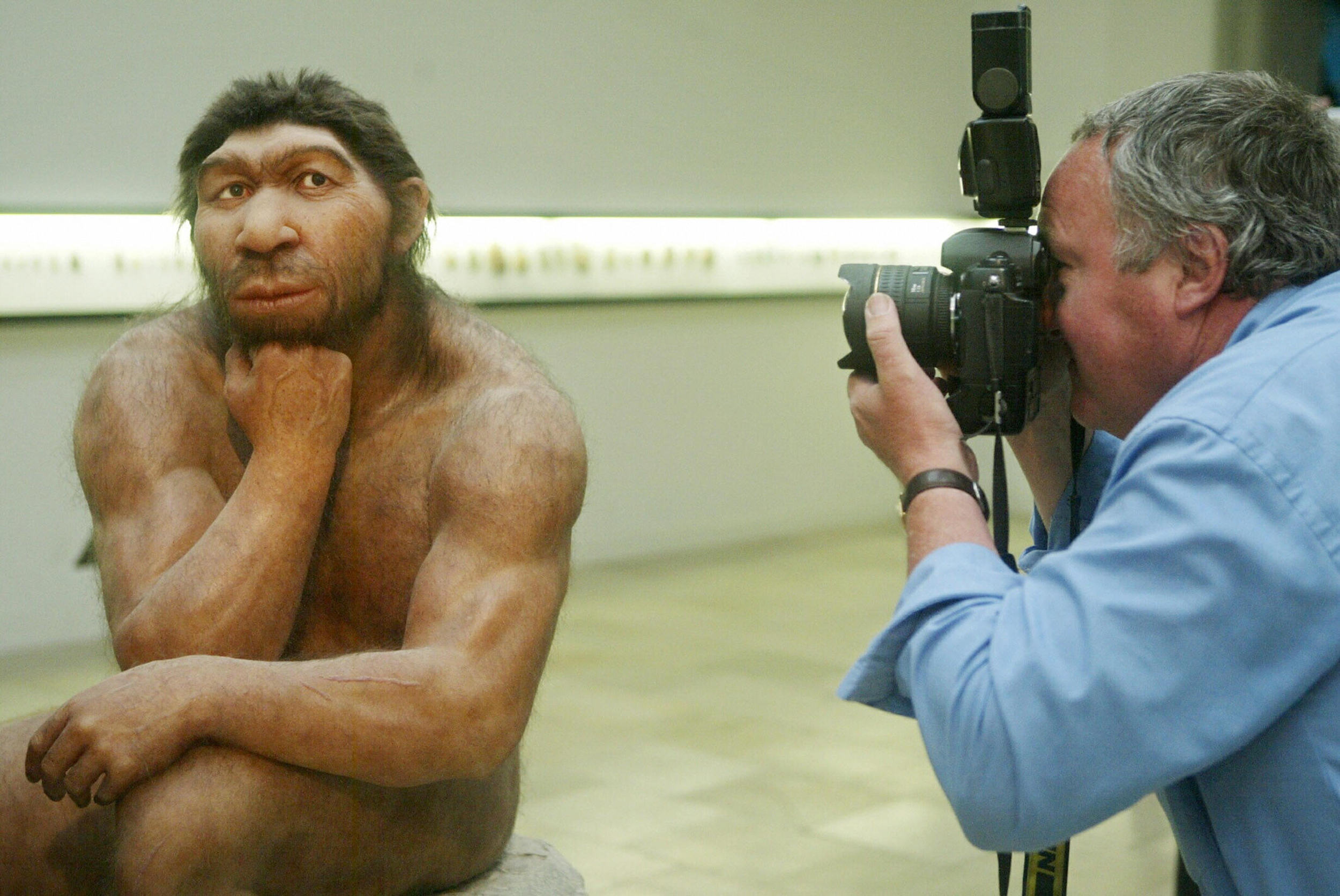
- www.sapiens.org Reading the Future of an Amazonian Mine
In Ecuador, Shuar people, an Indigenous group in the region, face increasing threats to their ways of life from industrial mining.
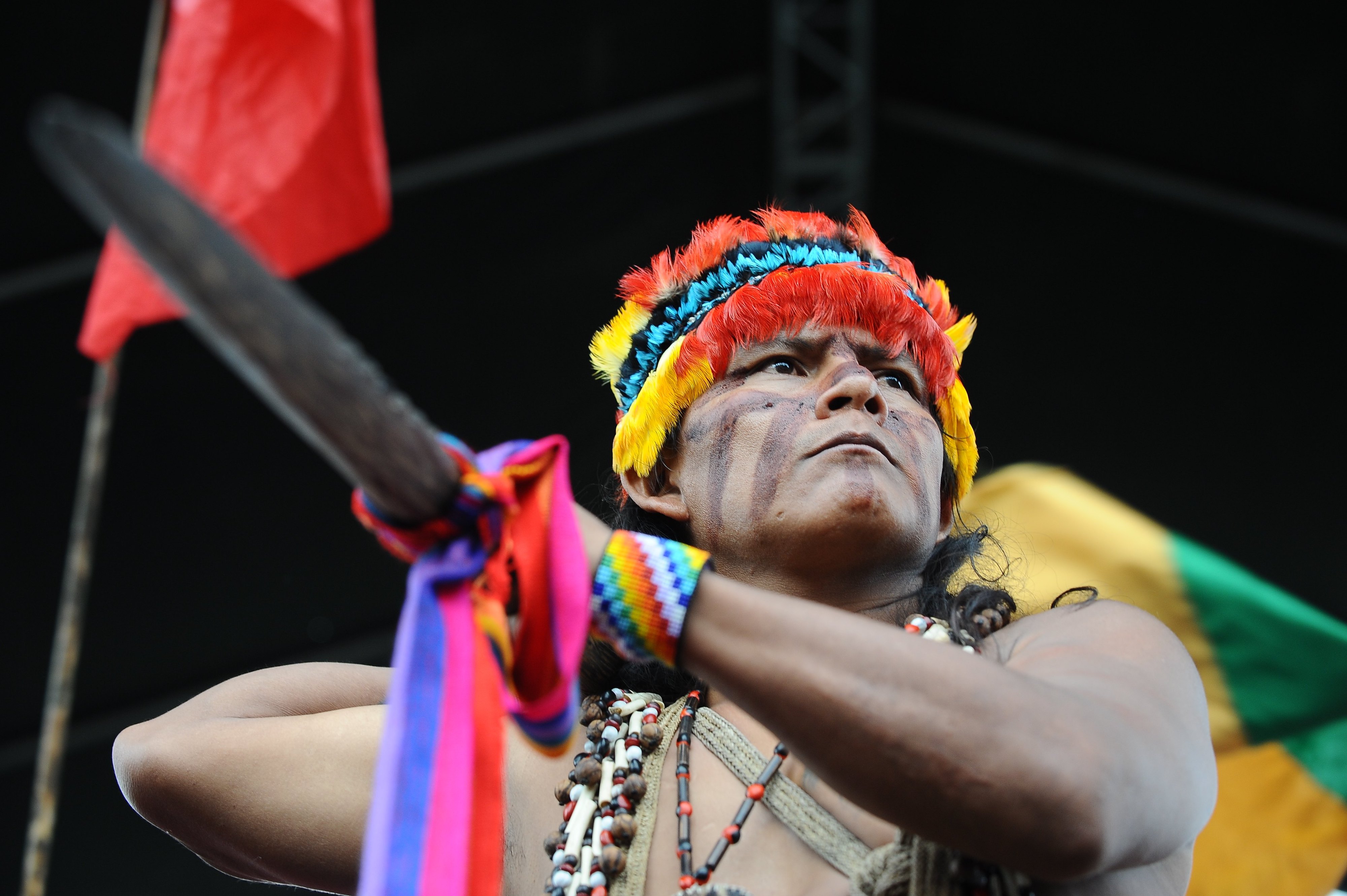
In Ecuador, Shuar people, an Indigenous group in the region, face increasing threats to their ways of life from industrial mining. But some find strength and courage to resist through knowledge gained by using hallucinogenic plants.
- • 84%theconversation.com Why having human remains land on the Moon poses difficult questions for members of several religions
Two scholars who study death rituals explain that the corpse is considered spiritually polluting in many religious traditions, while the Moon holds a sacred place.
